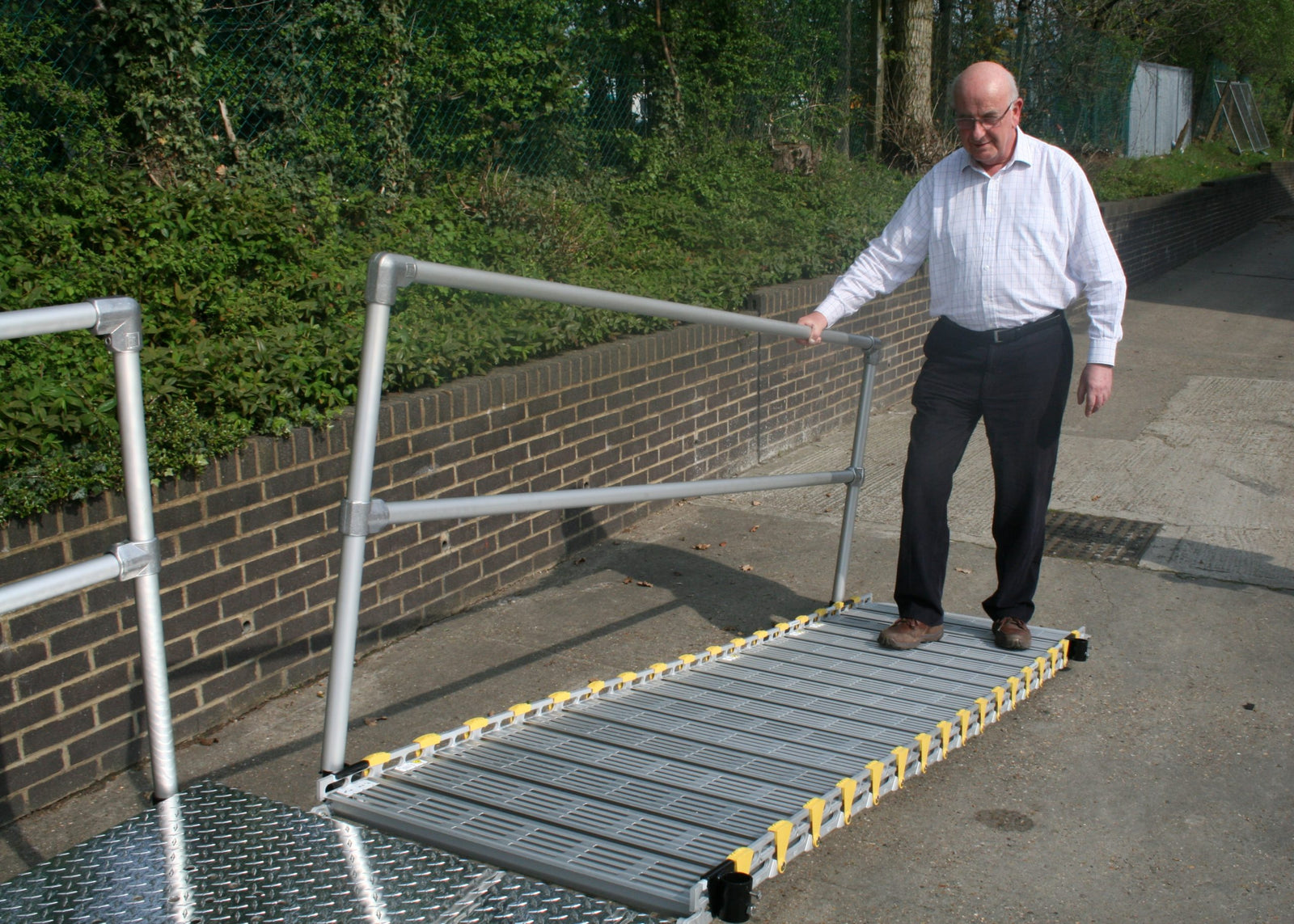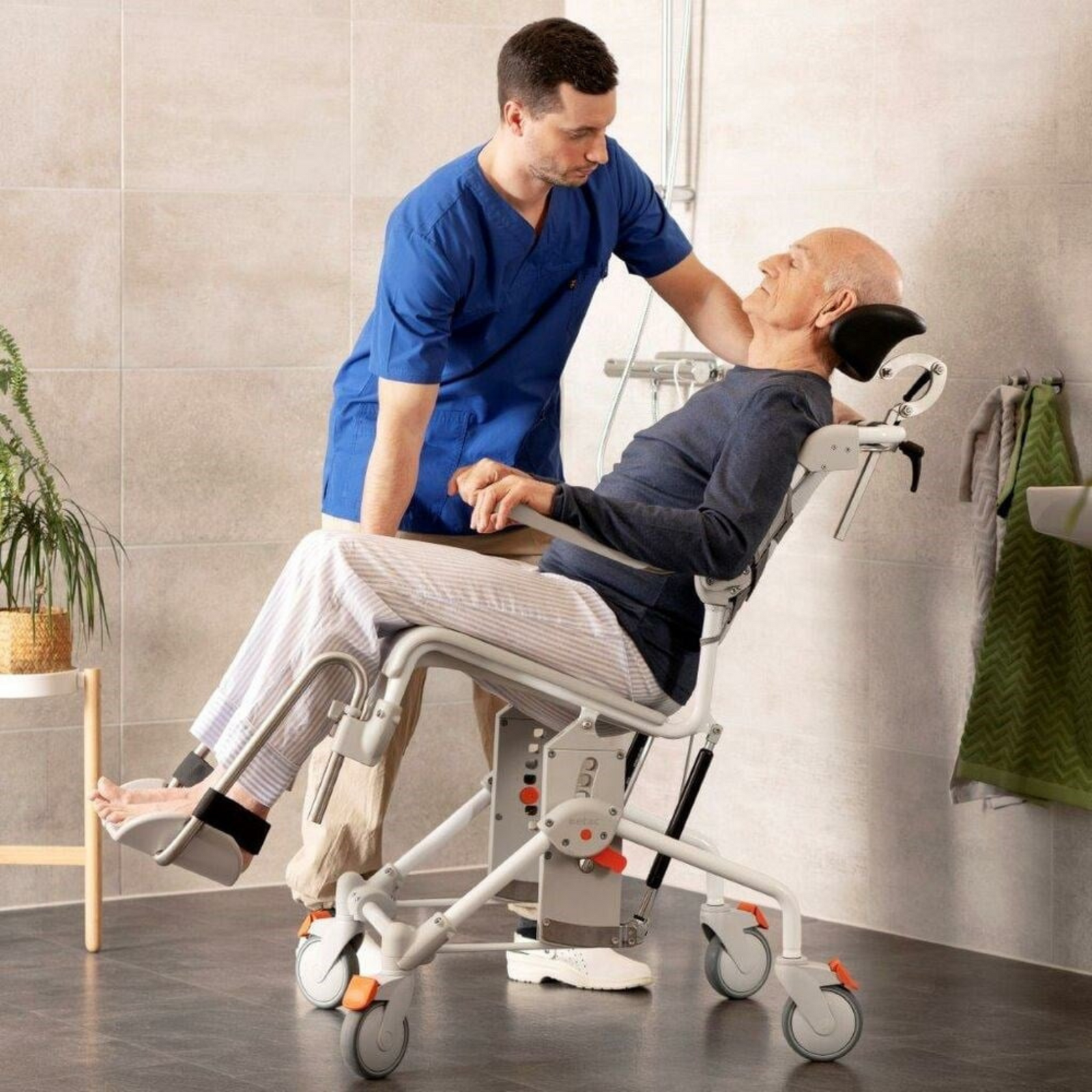Your Cart is Empty
Free shipping | Bulk Order Discounts | Best price guaranteed
Menu
-
- Home
- Shop By Category
- Moving + Handling
- Bathroom
-
Mobility Scooters
- Pavement Mobility Scooters
- Folding Mobility Scooters
- Lightweight Mobility Scooters
- 4mph Mobility Scooters
- 6-8mph Mobility Scooters
- Travel Mobility Scooters
- Lithium Mobility Scooters
- Car Boot Scooters
- Enclosed Mobility Scooters
- All Terrain Scooters
- 2 Person Scooters
- Mobility Scooter Storage
- Mobility Lifts and Hoists
- Mobility Scooter Canopies
- Seating
- Wheelchairs
- Rollators
- Beds + Mattresses
- Medical Equipment
- Powerchairs
- Health + Safety
- Help Centre
- Returns
- Price Guarantee
- Contact Us
-
- Speak With An Expert: 020 3576 3028
- Login

Free shipping | Bulk Order Discounts | Best price guaranteed
Add description, images, menus and links to your mega menu
A column with no settings can be used as a spacer
Link to your collections, sales and even external links
Add up to five columns
Add description, images, menus and links to your mega menu
A column with no settings can be used as a spacer
Link to your collections, sales and even external links
Add up to five columns

What Should You Not Do When Moving and Handling? Explained
January 06, 2025 4 min read
Moving and handling patients can seem straightforward, but there are crucial missteps to avoid. Never attempt to lift a patient without the appropriate equipment as this could lead to injury for both you and the patient. Instead, use tools like hoist or electric profiling beds to minimise risk and ensure safety.

It's easy to overlook the importance of the right technique in patient handling. Failing to plan the move or using poor posture can result in serious injuries. Always assess the situation first. Understanding your limits and the needs of the patient will help manage these tasks safely.
Effective patient handling is essential for healthcare professionals and carers. With proper risk assessments and safety measures, you can ensure a higher standard of care and minimise injury risks. Knowing what not to do is as important as knowing the correct procedures.
Key Takeaways
- Avoid lifting without the right equipment.
- Assess each situation to prevent injuries.
- Use best practices for safe patient handling.
Understanding the Basics of Manual Handling
Effective manual handling is crucial in patient care settings to prevent injuries and ensure safety. Knowing the fundamentals of risk assessment, recognising the impact of musculoskeletal disorders, and using the right equipment can enhance safe patient handling.
Fundamentals of Risk Assessment
Risk assessment is key in manual handling to identify potential hazards. You should evaluate the patient's physical condition and mobility level. Consider environmental factors like space constraints and clutter that might impede movement.
Conduct regular assessments to keep up with changing conditions. Use a systematic approach as outlined in the Manual Handling Operations Regulations 1992. This ensures compliance with health and safety standards and helps determine the need for assistive devices like hoists or slide sheets.
Prevalence and Impact of Musculoskeletal Disorders
Musculoskeletal disorders, including back pain, are common among healthcare providers. Frequent lifting and moving patients can cause these problems. These disorders impact both the carers and the quality of patient care, leading to increased absenteeism and healthcare costs.
Understanding these risks highlights the importance of proper training and safe moving and handling techniques. Addressing this in care settings can minimise injuries and improve employee well-being.
Equipment and Aids for Safe Patient Handling
Using appropriate equipment is vital for safe patient handling. Devices like hoists, transfer boards, and slide sheets reduce physical strain. These aids support mechanical lifting, allowing for smoother and safer patient transfers.
Always ensure that the equipment is well-maintained and staff are trained in its use. This includes understanding when to use specific devices, ensuring that patient dignity and safety are prioritised. Regular training and assessment ensure that you are up-to-date with the latest moving and handling equipment and techniques.
Best Practices in Patient Handling

Image from Rhythm First Aid.
When handling patients, it's crucial to apply precise techniques and utilise the right tools to ensure safety for both patients and healthcare workers. This involves correct lifting methods, reducing risks of injury, and using equipment like hoists. Understanding roles also plays a critical part.
Correct Handling Techniques and Movements
Using proper body mechanics and movements is at the heart of safe patient handling. You should maintain good posture, ensuring a straight back and bent knees while using your leg muscles to lift. Avoid movements like the Australian lift, which can increase the risk of injury. Instead, employ lifting techniques that focus on alignment and control to keep both you and the patient safe.
During manual handling, engage in activities like sliding or turning patients with minimal lifting. Ensure to assess each situation, taking into account factors like the patient's weight, mobility, and ability to cooperate. This pre-assessment helps in choosing the best method to reduce strain on your body and maintain a safe working environment.
Risk Reduction and Safety Measures
Implementing effective control measures is key to reducing risks during patient handling. You should adhere to health and safety guidelines, such as the Manual Handling Operations Regulations, which provide a framework for safe practices. These regulations emphasise the importance of avoiding manual lifting whenever possible by employing equipment aids.
Regular training is essential to keep up-to-date with safe moving and handling techniques. Being aware of potential hazards and planning ahead can significantly lower the chance of moving and handling accidents. Establishing a culture of safety helps everyone involved, ensuring patient safety and reducing occupational health risks for healthcare professionals.
Roles and Responsibilities of Healthcare Personnel
Each healthcare worker plays a specific role in ensuring safe handling practices. You are responsible for adhering to established procedures and communicating effectively with your team. This includes coordinating with occupational therapists who may provide expertise on specific handling needs.
Understanding your responsibility involves both carrying out safe techniques and ensuring that the environment is prepared for patient handling activities. By taking ownership of your actions and collaborating with colleagues, you contribute to a safe and efficient patient transfer practice.
Utilisation of Proper Equipment and Aids
Using appropriate equipment is crucial for safe handling. You should consider tools like hoists, slide sheets, and transfer belts, especially when dealing with larger or less mobile patients. These aids minimise manual lifting, reducing strain and the possibility of injury. Proper equipment not only protects you but enhances patient comfort during transfers.
Assess each situation to determine the most suitable aids. Training in equipment use is vital, ensuring you're familiar with operation and safety features. This commitment to using the right tools reflects a dedication to upholding patient safety standards and maintaining a secure environment for all parties involved.
Frequently Asked Questions

Image from Human Focus
When moving and handling patients, it’s important to avoid improper techniques to ensure safety for everyone involved. Avoiding certain actions and taking precautions can prevent injuries.
What are common errors to avoid during patient transfers in healthcare settings?
During patient transfers, do not lift patients manually unless absolutely necessary. Use appropriate equipment like hoists or sliding aids. Avoid rushing and ensure there is enough staff to assist with the transfer if needed.
Which actions should be avoided to ensure safety in patient manual handling?
Avoid lifting most or all of a patient's weight by hand. Instead, rely on equipment designed to help move patients safely. Do not ignore the patient's comfort and safety; always communicate with them during the process.
What precautions should be taken before initiating patient moving procedures?
Before moving a patient, assess their individual needs and choose the correct equipment. Ensure workers are trained properly and aware of the patient's condition. Evaluate the environment to remove any obstacles that might pose risks.
Also in Blog

What Does Moving and Handling Training Involve? Key Components
January 06, 2025 4 min read
Read MoreSubscribe
Sign up to get the latest on sales, new releases and more …

